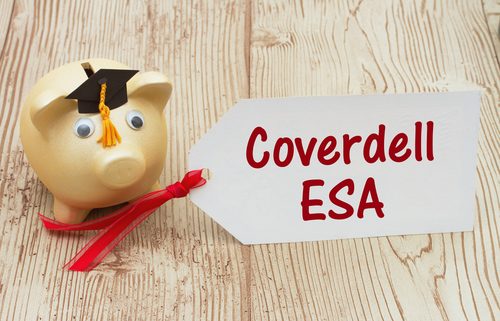What Can Investors Do with a Self-Directed CESA?
As a parent, there may be nothing you do that is more important than invest in the education of your child. But not every parent knows how to maximize their investment dollar. Fortunately, there is an account known as a Coverdell Savings Account, or a Coverdell ESA (education savings account) that you can use to put aside money for a designated beneficiary’s education. And with a Self-Directed CESA, you might be able to maximize the returns you get for every investment dollar you set aside.
How does it work? Let us approach it from two angles: explaining the Coverdell ESA, and then what self-direction might look like within such an account.
The Self-Directed CESA: Know the Basics
Your first step is to learn the basics. We have put together a lot of the essential information over on our web page for the Self-Directed Coverdell Savings account, so we will not lay out every point that you can find there. However, here is what you will need to know if you are looking into one:
- Beneficiary: There is a “beneficiary” on this account, which is the child in question. This person needs to be under the age of 18. It may also apply to a special needs beneficiary.
- Contributions: As you will see on the IRS website, the current contribution limits on behalf of a beneficiary in any given year are $2,000. You can establish as many accounts as you like, but the total amount you contribute to all ESAs on behalf of this beneficiary is not to exceed that number.
- Distributions: How does the account work when someone needs to use it? The designated beneficiary can then receive tax-free distributions for legitimate education expenses. However, keep in mind that if the distributions exceed these expenses, then it is possible that some of the expenses will be considered taxable.
- Qualified expenses? The benefits apply to qualified higher education expenses, as well as elementary expenses, and even secondary education expenses. This tends to cover what you might expect: tuition, books, studying equipment like computers and laptops, transportation, and even tutoring.
When you know these basics, you will have a basic idea of the lifetime of a Coverdell Savings Account. Typically, investors set them up for young beneficiaries with the idea that they will help to pay for education when the time comes. And since there are tax benefits to putting money aside in one of these accounts, it means that you can maximize your growth in those investments over time.
Why a Self-Directed Coverdell Savings Account?
Self-direction refers to the freedom and independence you have when you manage an account through a custodian. This allows you to make the decisions as to which investments you make, which can open up a wider range of possibilities when it comes to the invested assets you choose.
The idea is that this will serve as an incentive for investing in your children’s education, and help parents better afford the education of their children, or beneficiaries. Because this incentivizes the putting aside of money, it is important that you know all of the options available to you. And you should work with someone you trust, especially since the document that creates this account must be in writing and meet certain requirements. If it sounds like a lot to manage, it never hurts to educate yourself about education accounts! If you are interested in learning more about the Self-Directed CESA, you can visit our page at The Self-Directed Coverdell Education Savings Account.
Interested in learning more about Self-Directed IRAs? Contact American IRA, LLC at 866-7500-IRA (472) for a free consultation. Download our free guides or visit us online at www.AmericanIRA.com.




